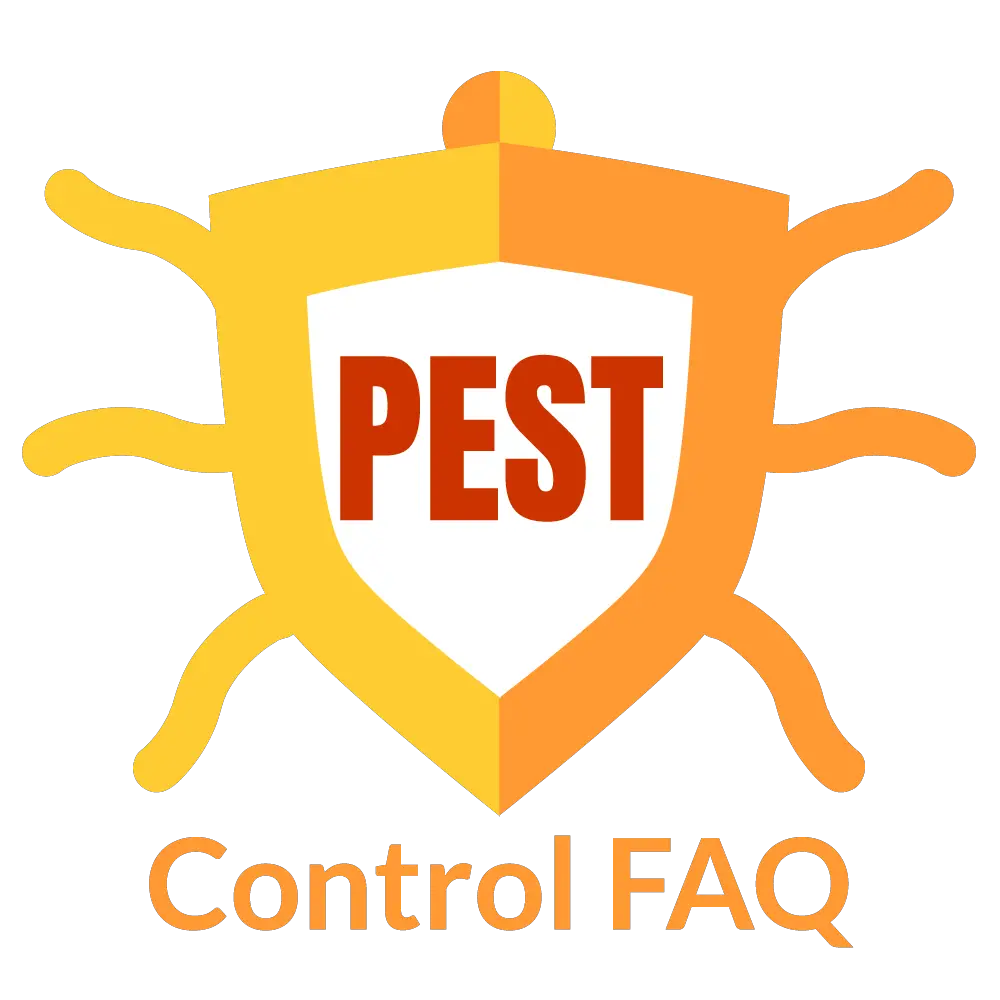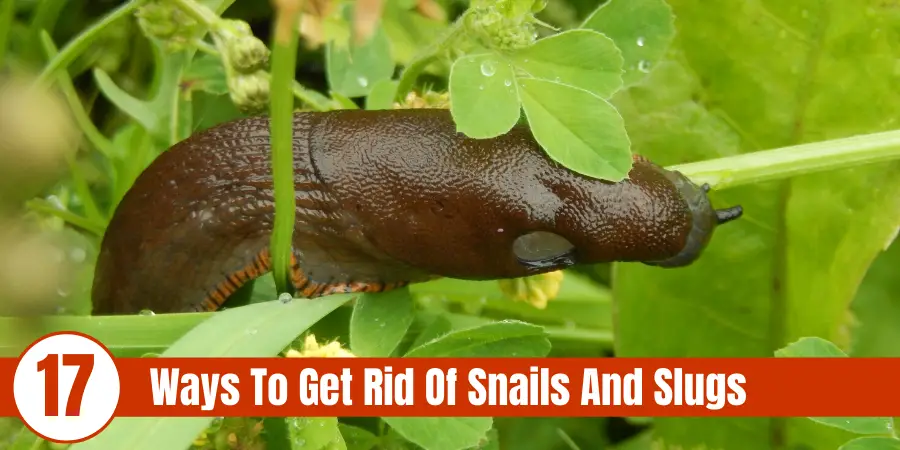It is, indeed, a bummer to wake up to your garden defaced by strange ridges dug up by moles overnight, and it takes first-hand experience to know how much resilience it takes to want to deal with them humanely. However, before you take any action, you really want to know if humane mole traps work.
So, do humane mole traps work? Yes, humane mole traps work. They have been used for years as an organic alternative to removing moles, and even though they require some extra labor – as opposed to using pesticide – humane mole traps actually work.
There are a lot of bull***t suggestions on what to do to get rid of moles humanely, but unless you actually know what you are doing, you may waste time experimenting, not to mention leaving the moles out there to play.
To set an effective humane mole trap, you need to know why the moles are there in the first place and just what kind of things could get them to leave…and, of course, how to make a humane mole trap.
Table of Contents
What are humane mole traps?
Humane mole traps get rid of moles in an eco-friendly way without harming either the moles or the soil. Not only are humane methods sustainable, but they also usually comply with existing state rules about pest extermination.
But before you utilize any of the methods, make sure you find out what laws your state has about exterminating pests. For example, killing a mole with a body-gripping trap is illegal in some states, and knowing about the regulations will help avoid using these forbidden methods.
To set up humane mole traps that actually work requires trying to trick the moles into falling into your trap with the help of biological, physical or chemical agents that will not harm them, or your garden, during the process.
This means you will be setting a trap along its path and/or using natural plant or animal mole repellent. Trapping moles this way is a traditional, effective and humane method that is still used in modern times.
A humane mole trap allows you to safely relocate the mole to another area where it will no longer disturb you and, therefore, no longer be a pain in your rear end. However, you will first have to check to make sure that relocating the mole is legal.
Setting up a humane mole trap: preparations
When dealing with moles, you have the option to either do it yourself or to employ professional exterminators. Usually, people carry out the extermination themselves because it is very possible to get rid of a mole with the right tools, the right information, and the correct method.
Dealing with wildlife takes a little practice, and you have to stay safe. If you are a first-timer, you need to be prepared with protective gear, because moles have pretty big claws.
Before you get scared off by all these warnings, a little reminder: people get rid of moles themselves all the time and majorly protecting yourself involves wearing gloves, the right outfit, boots and of course your big boy/big girl pants.
To make it easy, we will break it down into steps that you should take.
Figure out what exactly is causing all the ridges
We understand that the default thought that comes to mind when you see your lawn being destroyed and filled with ridges is that you have a mole problem, because isn’t that what happens to everyone in a similar scenario? Well, not exactly.
Even though we commonly hear about moles, there are other critters that can cause the appearance of ridges, because they also burrow deep into the soil. One other culprit that could be causing similar damage is a vole.
Because they are not all exterminated the same way, you have to survey your garden to know if what you are dealing with is actually a mole. You can do this by inspecting your plants because moles do not eat plants – voles do.
Understand what you can about getting rid of moles
If you plan to catch them, you have to learn about them – simple things like a mole’s anatomy, the kinds of health risks they can pose to you, etc. Also, you should do a little research and find out what brings moles to your garden and what can be used to drive them out.
Pick a technique
Even though your interest is to use humane mole traps, there is no harm in understanding the other options there are to get rid of moles or at least learn about all the humane mole trap methods that are available to you. This way, you can pick one that you believe will be more suitable for you and also decide whether you are going to go DIY or hire experts.
Get the necessary equipment
If you choose to go DIY, great! Now you can get the necessary equipment: a hose, a bucket, some worms, your gloves, boots, protective clothing, etc.
Get help if necessary
Getting your big boy/big girl pants on does not mean you should do it alone. Enlist the service of your neighbors or friends to help you set up your trap or to stand station at different escape points while you try to catch the mole.
Get to work
Finally, you can get to work and trap your mole!
Different ways you can live-trap a mole
There are two ways to live-trap a mole: use bait to lure the mole into a container or drive the mole into the container.
Using bait to lure the mole into a trap
Moles come into your garden to search for insects and worms, so you could use these as bait to catch them. For this method, you will need a cylindrical container with only one opening, equipment for digging into the mole’s tunnels, a cover for the container and some patience while you wait.
To set up, follow an already made mole tunnel and dig a hole further down in which to place your baited container. Shield the container from sunlight so that it stays dark (just like the tunnel) as moles only feed underground…and then you wait. When you have caught the mole, dispose of it properly.
Flooding the mole tunnels to drive it out
For this method, you definitely need an extra hand. Trace the tunnels to find an entrance and an exit point. One of you stands at one of the points with a hose and fills the tunnels with water, while the other stands at the other end ready with a container to catch the mole.
It will help to have extra hands just in case the mole decides to dig a new tunnel – that way, there will be someone watching for the appearance of new tunnels.
For either of these methods, it is important to wear protective gear, because moles are wild animals and can spread diseases from contact and scratches.
There are other questions you may need answers to when getting rid of moles in your garden.
Other methods to get rid of moles
Other than the use of humane mole traps, you may use a mole trap, chemical (castor oil) or physical, with bait and poison. You may also try to scare it away if you have outdoor cats, as cats are moles’ biological predators. However, mole traps are still considered the most effective.
Other questions related to getting rid of moles in the garden
In addition to the topics covered above, there are some other frequently asked question regarding moles.
Why are there moles in your garden?
Moles are underground pests that feed on worms and insects and gravitate to places where they can find them. So, seeing a mole in your garden means that the soil has a lot of food. If it is any consolation, the presence of insects and worms in your soil means that your soil is rich in nutrients – just try to take care of the mole situation before any severe damage is done.
When do you need to call a mole exterminator?
You need an exterminator if your garden is large, if your mole infestation is severe and if the methods you have tried did not work.
How much damage can a mole do to your garden?
Even though moles do not necessarily eat your plants, they can damage roots through their digging and also upset the balance of your soil structure, not to mention the unsightly mess.
Can a mole pose health risks to you?
Yes! Moles are wild animals and can carry severe disease like rabies. That is why it is essential to wear protective gear when dealing with them.
To sum it up: Do humane mole traps work?
At the end of the day, even though seeing signs of a mole infestation can get you worried, you can get rid of them with the use of humane mole traps – they are easy to use and they really do work!
Related questions
Can pest control get rid of snakes? The answer is no; pest control can’t get rid of snakes. Pest control can only manage small insects. Since snakes are reptiles the only way to take them away from your home and surrounding is to catch them. (full article here)
Do ultrasonic pest repellents work? According to studies, commercial ultrasonic repellents are mostly inefficient or tend to have a short impact on pests. Since the manufacturers have not been able to provide scientific evidence to back up their promises stated in 2016, you should avoid ultrasonic pest repellents. (full article here)





